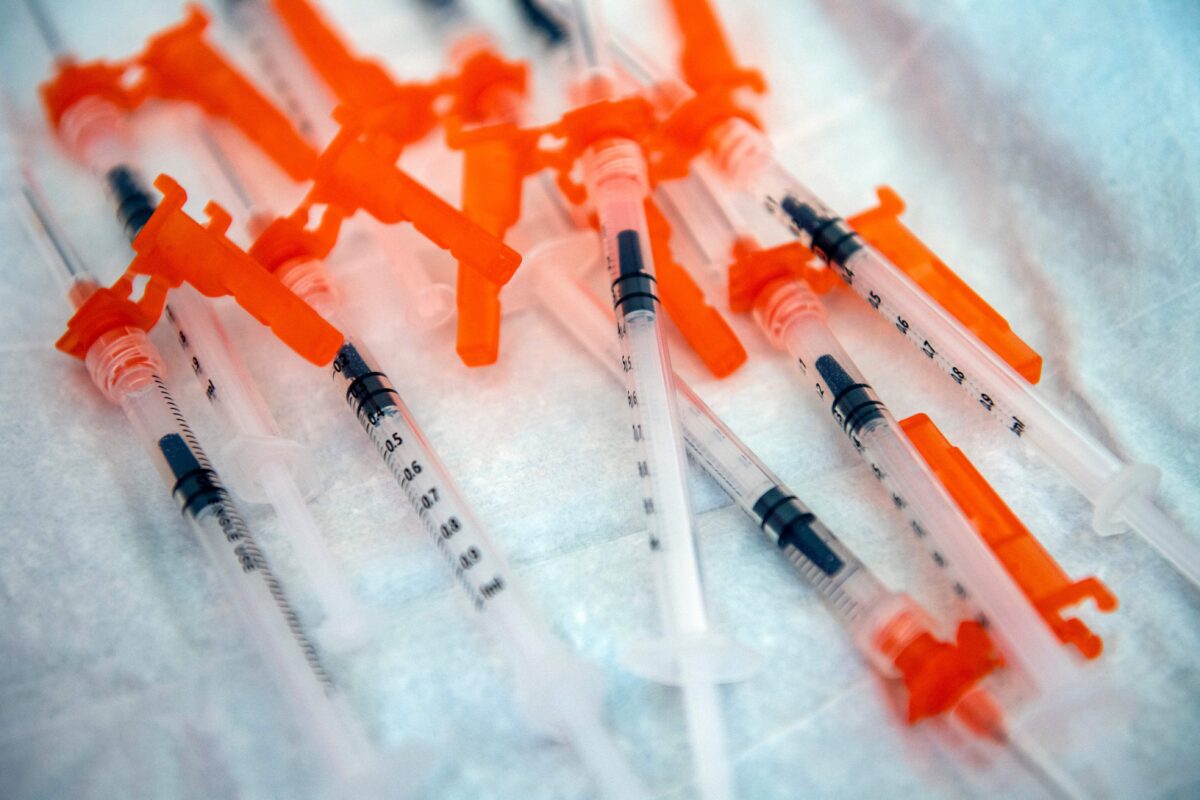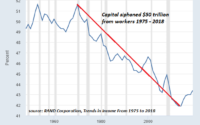Inflation Reduction Act Causing Inflation
Commentary
An additional $700 billion in government spending tied to the Inflation Reduction Act will make inflation worse, not better.
The Inflation Reduction Act of 2022 is meant to curb inflation by laying out billions of dollars. This is contrary to economic logic, though, and even the Congressional Budget Office has said that this act will not curb inflation.
The only solution for inflation is a reduction in government cash disbursements. However, Democrats are determined to continue squandering future tax dollars. This act includes money for health care, pharmaceuticals, and climate change. One of the primary spending goals is to reduce carbon emissions by roughly 40 percent by 2030. Inflation is in no way tied to carbon emissions. If anything, increased environmental regulations will drive up prices and reduce jobs. Paying to reduce carbon emissions would just fuel more inflation.
The act also includes free vaccines for seniors and tax cuts for electric vehicles and energy-efficient appliances. In addition, there is a designated budget to retrofit affordable housing and make it more energy efficient. The connection between spending and a reduction of inflation is missing.

The Affordable Care Act (ACA) alone accounts for $433 billion of additional government expenditure. Another element of the act is a reduction in the cost of pharmaceutical drugs. White House Press Secretary Karine Jean-Pierre said, “Lowering prices on pharmaceutical costs is going to make a difference in a big way to seniors and families.” While seniors and families who use pharmaceutical drugs will be happier with lower prices, this does not address inflation. Even worse, if the money used to reduce the cost of drugs is coming from the government, this will exacerbate inflation.
The act also intends to decrease the deficit, not by curbing spending but rather by raising taxes. A deficit occurs when the government spends more than it takes in. Increasing taxes will also increase the amount of money the government can spend. Meanwhile, nearly half of these new taxes will be paid by manufacturers, creating disincentives to produce. Diminished industrial output will drive up the cost of goods and reduce the variety and quantity of goods available on store shelves.
Beyond the manufacturing sector, the act increases taxes on businesses in general, which, combined with higher interest rates, will decrease new investment and hamper job creation. Ultimately, these increased costs will be passed on to customers.

While higher oil prices and continued supply chain issues exacerbate the situation, the current inflation is largely due to the nearly $4 trillion the government spent on COVID-19. The American Rescue Plan alone consisted of $1.9 trillion, or 8.6 percent of GDP. As a result, inflation is now at nearly 9 percent, and the average worker has seen their real income decrease by 5.6 percent since 2020.
Researchers at the University of Pennsylvania published a paper warning that the Inflation Reduction Act “would very slightly increase inflation until 2024.” The reason why the act would increase inflation is because of loose fiscal policy. The Federal Reserve rate hikes would help to cool off inflation if the government would practice fiscal restraint. Increased interest rates generally reduce the money supply, which brings inflation to heel. Continued government cash outflows increase the money supply and drive up prices. This is a perfect recipe for the key characteristics of stagflation: high inflation and high unemployment. Increased unemployment will reduce tax revenues and increase government transfer payments for social programs such as unemployment, which will ultimately lead to a greater deficit and a larger government debt.
Meanwhile, on Aug. 4, the Biden administration declared monkeypox a public health emergency, thereby allowing the government to allocate funds to this new pandemic. The U.S. government has about 1.7 million monkeypox doses in reserve and has earmarked more than 1 million doses for states. The government plans to purchase 6.9 million more doses by the middle of next year. News of the monkeypox emergency is good for insiders, as it has driven up the share prices of companies manufacturing these drugs. However, for the average American, they will continue to see prices rise.
Views expressed in this article are the opinions of the author and do not necessarily reflect the views of The Epoch Times.
[ad_2]
Source link



